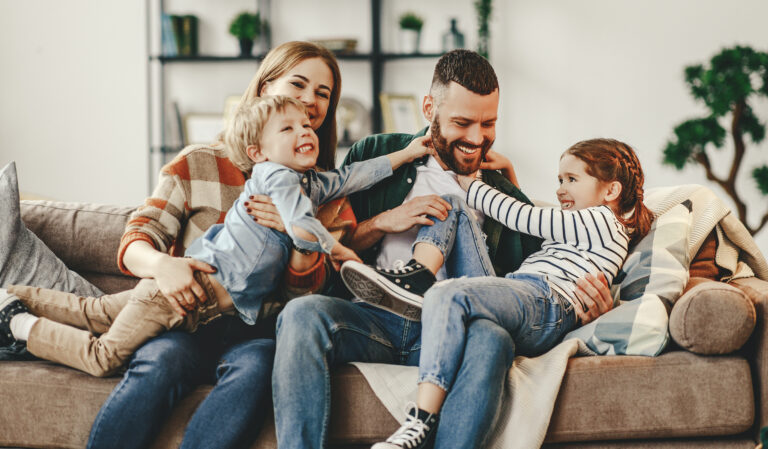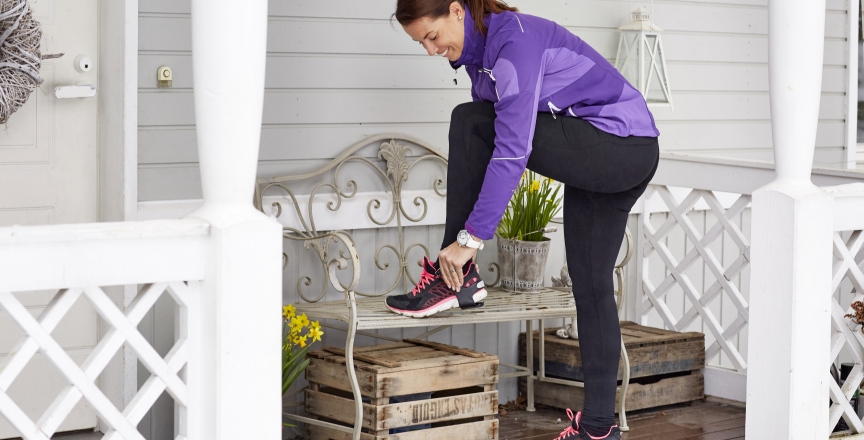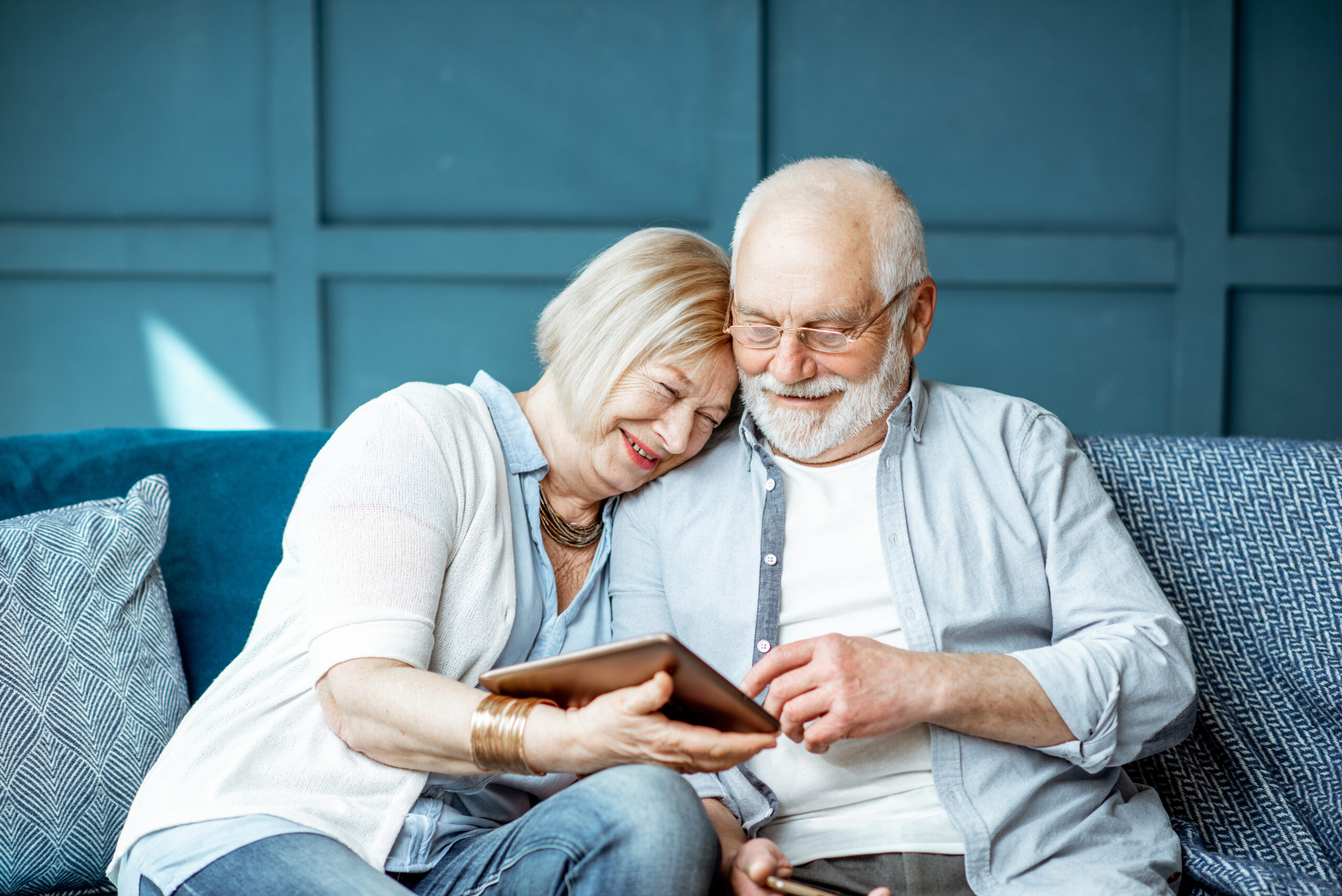Living Room
Safety hazards in the living room are related to bookshelves, the storage of items, and potential fire risks.

Identify the hazards in the living room
The living room’s safety can be improved by attaching bookshelves to a wall and placing glass objects and other heavy decorations out of the reach of children, for example. Before attaching any shelves, consider the locations of water pipes and electrical wires. Assemblable bookshelves are supplied with fastening devices to secure the shelf to the wall. If the bookshelf does not come with fastening devices, you can also purchase suitable accessories from the hardware store. Bookshelf manuals often provide separate instructions on how to attach it to the wall.
Unnecessary or poorly placed extension cords on the floor can cause falls, so it’s best to avoid using them.
Extension cables should be intact, and the protective cover of the extension cable should not be cracked or broken. Chaining extension cords causes overloading that might be a fire risk. Anti-slip mats placed under rugs reduce the risk of slipping and falling. Under larger rugs, you can place multiple non-slip mats if necessary.
Safety of the living room fireplace
Modern fireplaces are safe and easy to maintain when used correctly. If there is a fireplace in the living room, it should never be left burning unattended. The main dangers include fire hazards and carbon monoxide poisoning. These are usually caused by the failure to follow the fireplace’s instructions for use. It is advisable to close the flues only after the coals have burned out. Fireplaces and smoke flues should be swept annually and their condition checked to ensure that any waste accumulating in the smoke flues and fireplaces does not pose a fire risk. Call the chimney sweep to sweep your fireplaces and smoke flues annually.
If there is a fireplace in the living room, it is advisable to also have a carbon monoxide detector there.
Follow the instructions for use when using decorative fireplaces. Install the decorative fireplace firmly in place so that it does not fall over, for example, if it is pushed. Only suitable fuel can be burned in decorative fireplaces. Fireplace fuels are highly flammable substances and must be stored in a safe place. Any fuel remaining in the fuel tank may evaporate. Carefully follow the instructions for use when lighting the fireplace. Flueless decorative fireplaces require supervision. Always extinguish the fire as instructed; water should not be used due to the risk of splashing. Also ventilate the apartment well after using the fireplace.
First aid fire extinguishing equipment should be placed near the fireplace.
Read more
-

Slipping and falling
Most home and leisure time accidents are falls or low-level drops. Falls occur to people of all ages, but the risk and severity of the consequences increase with age.
-

Safety Checklists
Home, cabin, and child safety can be improved with small changes. Using safety checklists, you can assess how safe your environment is. You can also share the results of the tests on social media.
Can you use the information on this page?
Give Feedback
With this form you can give us feedback.
